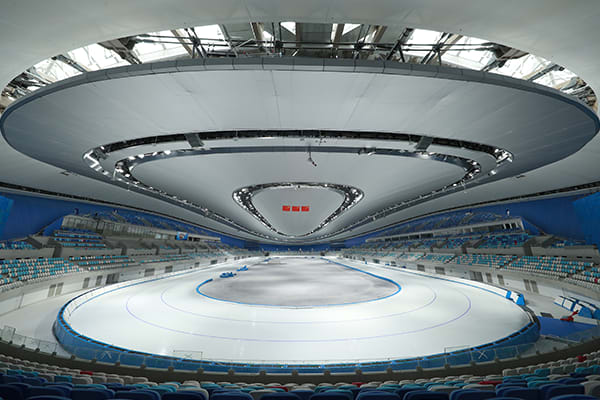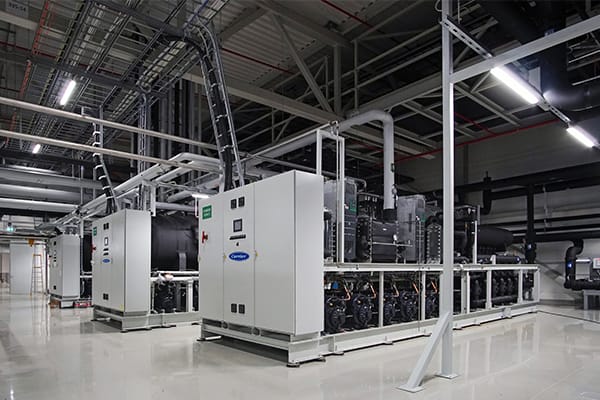Six Records Broken in Four Events at “Ice Ribbon”, Making It “The Fastest Ice” among Media
--Reveal Haier Carrier’s Transcritical Carbon Dioxide Ice Making Technology
Feb 08, 2022, world record holder Kjeld Nuis edged out his rivals Thomas Krol to win the men's 1500m at the National Speed Skating Oval. Krol set the record in the 10th pairing at 1:43.55, but Nuis eclipsed him with a time of 1:43.21 in the 11th pairing.
Feb 07, 2022, the Netherlands' Ireen Wust has won gold in the women's speed skating 1500m race, setting a new record of 1:53.28 in the process.
In the men's speed skating 5000m race held on Feb 6, Dutch and Sweden Olympians both broke the world record, and Nils van der Poel of Sweden won gold with the record of 6:08.84.
In the women's speed skating 3000m race held on Feb 5, Dutch favorite Irene Schouten broke the record which was set 20 years ago.
Since six records have been broken in four days, the media call the National Speed Skating Oval “The Fastest Ice”!
The National Speed Skating Oval has adopted Haier Carrier’s transcritical CO2 ice making system, thus the temperature deviation over the ice could be less than 0.5°C. The smaller the ice temperature variances is, the more even the ice hardness is, the more flat the ice surface is, and the more possible the athletes will get excellent results. Faster ice-making could also help the ice surface get ready for race sooner. That’s how it wins the reputation of “The Fastest Ice”.
The carbon emission of the transcritical CO2 ice making system is close to 0, which could save about 2 million kilowatts of electricity per year. CO2 refrigeration features low carbon and environmental responsibility and helps customers reduce carbon footprint, which is also one of Carrier ESG goals.
_____________________________________________________________________________________________________________________________
Haier Carrier has won the bid for the transcritical CO2 ice making system for the National Speed Skating Oval, also known as the “Ice Ribbon” in Beijing, China.
The venue's ice-making system consists of several high-capacity racks with 4 MW max cooling capacity running on the natural refrigerant CO2, which has a low Global Warming Potential (GWP) of 1.
These different racks were designed and manufactured by PROFROID.
The "ice ribbon" covers an area of about 12,000 square meters, almost equal to the size of a track and field arena. The divisional control of the ice surface meets the competitive requirements of five major categories of ice sports such as speed skating, short track skating, figure skating, curling and ice hockey. It will host more than 26 competitions and receive even more athletes in February 2022.
In an effort to reduce carbon emissions, the National Speed Skating Oval adopted CO2 transcritical ice making technology to achieve the best energy efficiency possible. It is the most environmentally responsible ice making technology in the world with a carbon emission close to zero.
The advanced technology can control ice temperature variances within 0.5 degrees. It can save nearly 2 million kWh of electricity each year, which makes the venue sustainable long term.
The modularized semi-industrial system uses CO2OLtec® Evo technology with modulating ejectors and assisted by a CO2 pump.
With more than 30% energy savings compared to a standard transcritical CO2 system, this technology allows to reach an optimized energy efficiency.
This refrigeration system is also used in all types of high energy applications such as medium and large warehouses, distribution centers and food processing sites.

|

|
